MEMS Startups Showoff Latest Tech at MSEC 2019
Article By : Anne-Françoise Pelé
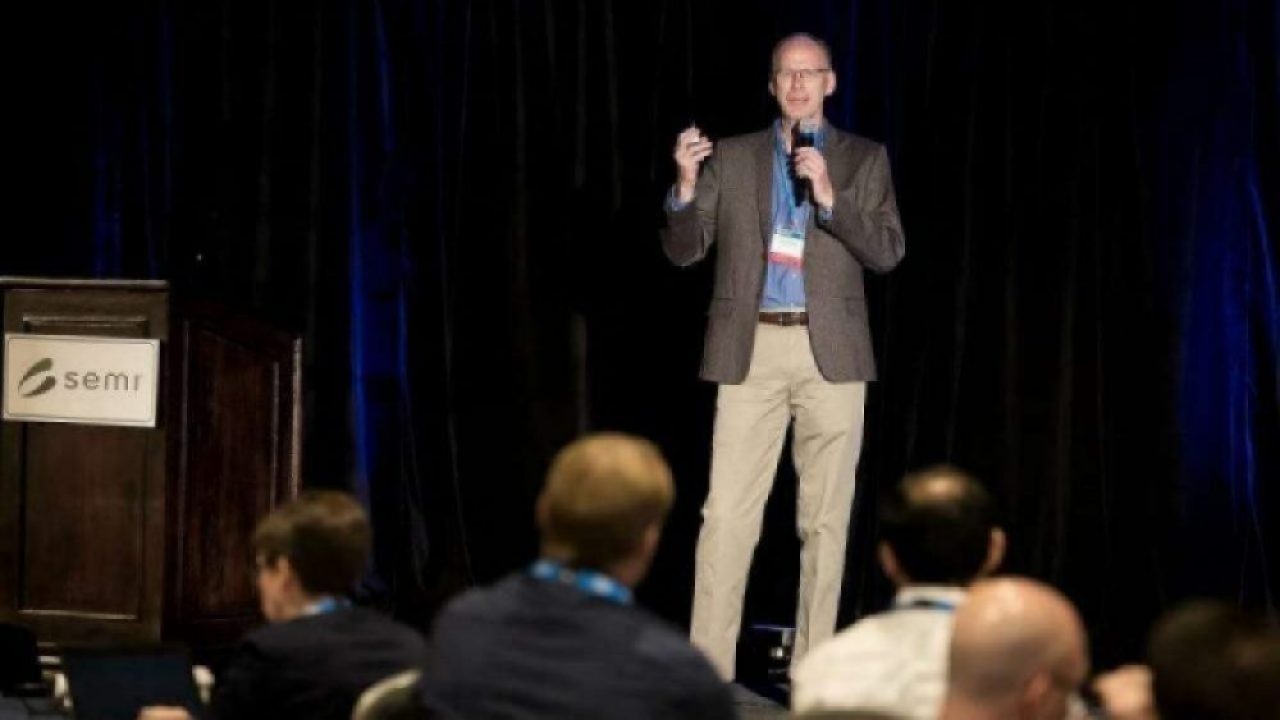
The 2019 MEMS & Sensors Executive Congress highlights innovations in medicine, automotive and consumer electronics.
The Internet of things is becoming a reality. Everything is connected, from what we put in our bodies, what we have in our cars, our homes and our cities. Market research firm McKinsey predicts the IoT economic impact to be in the range of about $4 trillion to $11 trillion per year in 2025. MEMS and sensors are an essential part of it, and the question is how to take a bigger chunk of that pie. One answer comes from high-potential startups.
The 2019 MEMS & Sensors Executive Congress (MSEC), organized by SEMI in Coronado Island, Calif., is a can’t-miss event to take the pulse of the industry from some of the movers and shakers in the community. Heavily discussed and debated over this two-day conference, the Technology Showcase amplified awareness of the latest MEMS and sensors technologies and applications, including a DNA search engine, a 4D LiDAR for autonomous vehicles, as well as wearable biosensors for healthcare.
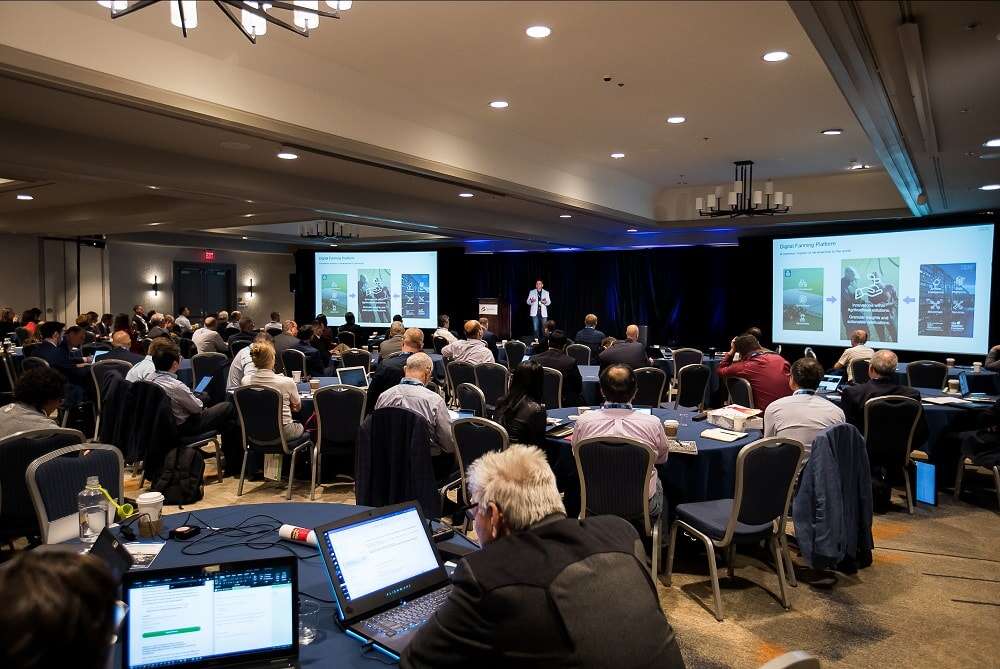
Attentive audience during the MSEC conference sessions (Image: MSEC)
Before unveiling the names and business activity of the six finalists, and disclosing this year’s winner, here are current trends and thoughts about the reality of investments, consolidations in the MEMS and sensors industry and wise tips to create value and make a difference. A good way to maintain and heighten suspense.
Lost in the cloud
“Silicon Valley was founded in hardware, but it has got lost in the cloud,” said Marc Rippen, founder and CEO of Alertgy, developer of a non-invasive device to monitor blood glucose levels on demand, and winner of the MSEC Technology Showcase in 2018. As he was pitching for funding, Rippen said he mistakenly said his device was fab-built. Investors replied, he recalled, “You are not a software company? We don’t do hardware companies, these guys are too expensive.”
Luckily, “all that is changing,” Rippen said. “It was hard to get an introduction to the real world again because people seemed to be lost to the cloud. But, he continued, “companies like Google are realizing they have to go back to devices. I am glad to see that, because those platforms are the stage software dances on.”
Sharing a similar view, Mike Pinelis, president & CEO of Microtech Ventures, applauded the increasing pace of innovation in the MEMS and sensors industry and the resurgence of deep tech startups. “We need to appreciate the level of sophistication in our community. I think everybody paid attention to WeWork’s failed IPO. The good news is that deep-tech startups will see a swing back where people come to them and say ‘we really need to invest in more serious startups, and that’s good for us’.”
Every week, Pinelis said, at least three to four MEMS and sensors startups are getting funded, and there are more than 1,650 groundbreaking MEMS and sensors innovations being developed in academia and industry R&D labs. This translates into opportunities for innovation and growth.
Recommended
MEMS’ Future Are Made in Paper
Consolidations
With at least 1,800 MEMS and sensors companies on the market today, consolidations are inevitable. “Our industry is quite fragmented,” said Pinelis. “We have a few large companies, but we have a long tail of small and medium-sized businesses. There are a lot of niche players, which is a good thing, but it means consolidations will continue.”
In a previous session, Jérôme Azemar, technical project development director at Yole Développement, said “consolidations are already happening, and we expect more, not only in the MEMS industry but also in the semiconductor industry.”
A consolidation should not only add value to both companies, but it is essential to ensure a good price-to-revenue ratio, Pinelis stressed. For instance, he continued, Intel-Mobileye was a $15 billion transaction with target revenues of $100 million. That’s a price-to-revenue ratio of 150. In comparison, TDK-InvenSense acquisition amounted to $1.3 billion and target revenues were $400 million for a price-revenue-ratio of 3. “We need to figure out how to have a price-revenue-ratio higher than 150.”
Value creation
Thinking about the technology is good, but trying to solve a big problem is better. That’s where the value lays, said Pinelis, encouraging the audience to scout the marketplace, go to conferences, pay attention to market trends. “Try to have the mentality of solving the big problem, instead of thinking that you have a technology and need to find an application for it.”
Similarly, Pinelis urged companies to adopt a dominating approach. “Don’t be number two, try to come with a unique offering that will put you as the number one player, because you want to be in a position where you have the pricing power. You don’t want to compete on price.”
The last word goes to MSEC 2018 Technology Showcase winner: “My advice to startups is that failure is not an option. You are literally stuck in a space trap, and there is no way home unless you find out how to make it work. Don’t give up!”
No Pain, No Blood Glucose Monitoring System
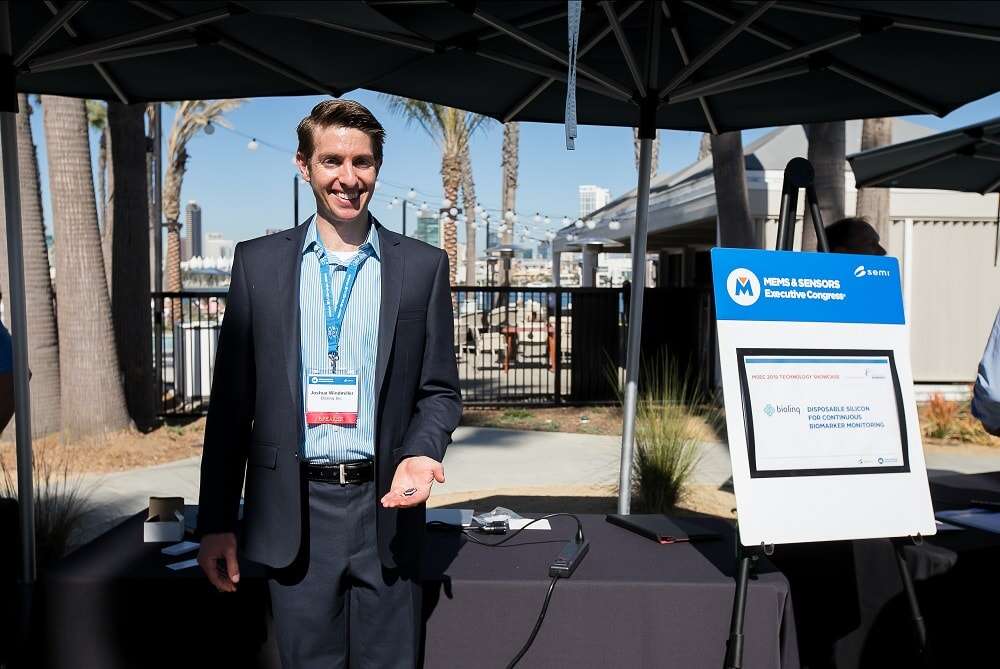
Most individuals with diabetes check their blood glucose levels by poking their fingertips and using a blood glucose meter or a continuous glucose monitor (GCM) to measure the blood glucose. Biolinq has developed a MEMS-enabled microarray sensor technology, worn as a seven-day skin-adhered patch, that is able to stream the user’s metabolic chemistry without accessing blood. It assesses glucose levels, trends, and how food or exercise impacts blood glucose. “I am convinced we have developed the least invasive method to extract clinical-grade information in real time,” said Joshua Windmiller, chief technology officer of Biolinq.
The device is composed of Biolinq’s microsensor array, a printed-circuit board containing a precision electrochemical analog frontend, a 32-bit MCU and a battery. Data is transmitted to an iOS application. As opposed to implantable systems, Windmiller explained, the sensor array monitors interstitial fluid in the dermis, just below the skin about a fraction of a millimeter. Biolinq said it envisions its needle-free MEMS-based GCM as a fingerstick replacement.
“The beauty of it is that you can wear it wherever you like,” Windmiller said. “We have taken this device surfing, running. It’s hermetically sealed and is not limited to any activity.” With its wearable sensor patch, Biolinq aims to redesign the GCM user experience. “This starts with the application process, from opening up a package, pressing on a sensor and starting the sensor.”
The sensor is small (about the size of a nickel) and pain-free, but why can’t it be worn more than seven days?
“The device interfaces with the human body and has a biorecognition element within it,” Windmiller responded. And after a week, “you just want to get rid of it as it gets pretty itchy.” Then why using a lithium battery and not looking into energy harvesting to power the disposable device? Windmiller said the company is exploring other battery chemistries and notified the audience that his PhD work was on biofuel cells, which are able to harvest the glucose within physiological fluids.
Biolinq’s sensor array, Windmiller concluded, is not limited to glucose. “There are multiple other metabolites and electrolytes that manifest themselves in the dermis. Some of them have wide ranging applications for exercise physiology and nutrition.”
Started as Electrozyme LLC in 2012 in La Jolla, Calif., Biolinq has completed two successful clinical trials necessary for FDA approval. It has raised a total of $15 million in Series A funding and employs 25 people.
Enabling On-Device Intelligence
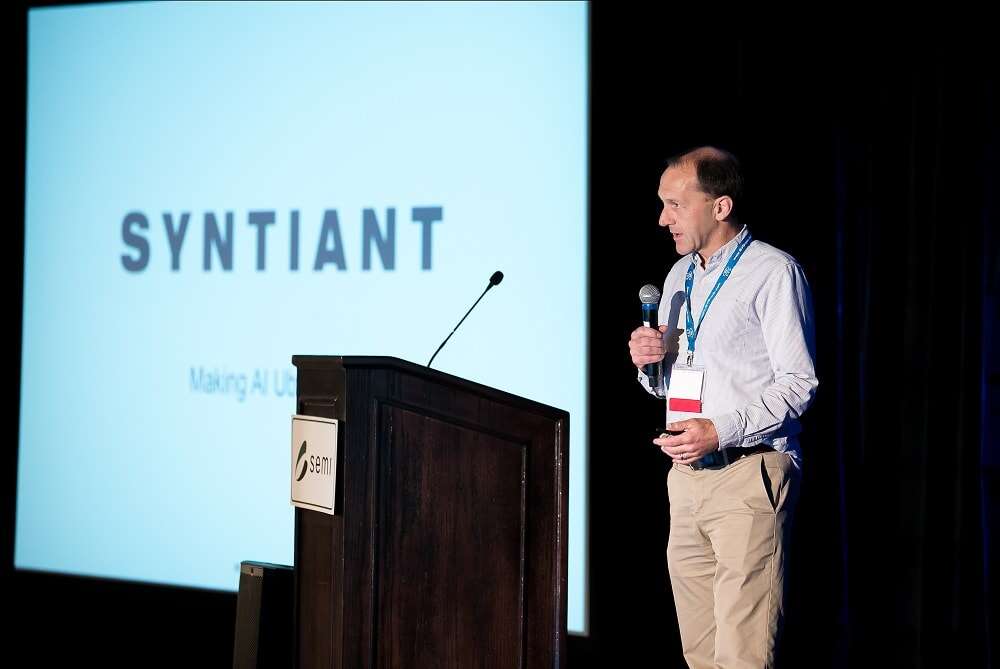
The Internet of things has entered our daily lives. From our home to our car and office, we are surrounded by smart devices that help us manage what matters most. “All these devices are in a position to make thousands of decisions a day, and deep learning has provided a toolset that yields vastly superior decisions to traditional methods based on human intuition,” said Jeremy Holleman, CTO of Syntiant. “We believe that on-device intelligence is the future.”
The local decision making, Holleman continued, provides many advantages: “privacy because you don’t have to send data to the cloud, reliability as there are fewer steps in the process, and responsiveness because there is no latency to send the information up and wait for a return.” However, deep learning methods are computationally intensive. “There is a lot of math behind making the decisions, and traditional methods computer architectures like MCUs tend to struggle with those high computational loads.
Syntiant’s custom AI chip, dubbed NDP100, is a built-in neural network to do on-device edge inferencing for battery-powered devices without Internet connection. It supports 64 classes, so 64 different words, gestures, and over half a million parameters providing large scale parallelism for sensor-based applications. NDP100 can be integrated into many kinds of voice and audio-enables devices, and it has recently passed Amazon’s Alexa certification.
Almost as small as Abraham Lincoln’s nose on a penny, it runs at about 140 µJ doing continuous recognition. Benchmarking NPD100 with other existing technologies, Syntiant claimed a 200-fold improvement over a typical microcontroller. “It burned about 3.4 µJ versus over 600 for µJ for the STMicroelectronics’ STM32L476 ARM Cortex-M4 MCU doing the wake-word detection for each decision,” Holleman said. “We were also able to support 100 frames per second versus 5 for the MCU. This comes from having a purpose built-in datapath compared to stored program architecture that is a very general purpose computational platform.
Founded in Orange County, Calif., in 2017, Syntiant said it has “several customers” and raised over $30 million in funding from investors including Microsoft’s M12, Amazon’s Alexa Fund, Applied Ventures, Intel Capital, Motorola Ventures, and Robert Bosch Venture Capital. The company put its first batch of chips into limited production in the half of 2019 and is now “ramping up production”. It employs 40 people.
Preventing Tommy John Surgery (A Special Treat for Baseball Fans)
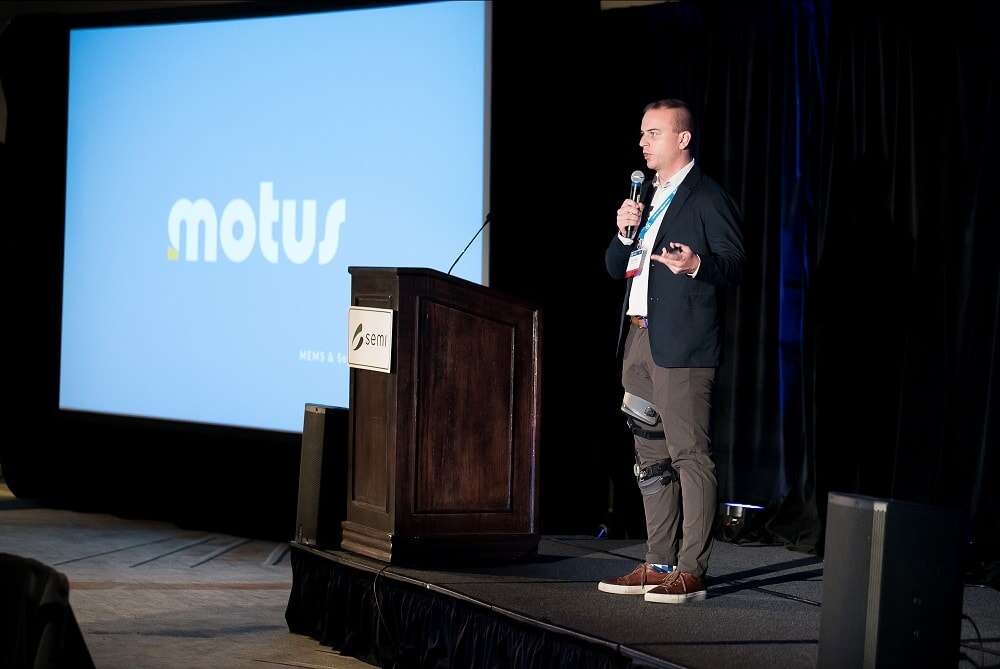
Baseball pitchers’ perceived effort does not match actual measured effort during a structured long-toss throwing program, according to a recent study published in the American Journal of Sports Medicine. For the experiment, sixty male high school and collegiate baseball pitchers wore Motus Global sensors in compression sleeves, which measured elbow varus torque, arm velocity, arm slot, and shoulder rotation.
Founded in 2010, Motus Global develops MEMS-based solutions aimed at maximizing performance and reducing the risk of injury, said Benjamin Hansen, vice-president Biomechanics & Innovations at Motus Global.
Its MotusThrow 6-axis high-dynamic range inertial measurement unit (IMU), the first to be approved by Major League Baseball for in-game use, records biomechanical data from every throw made in practice and games. It allows for calculation of torque on the ulnar collateral ligament (UCL), also known as Tommy John Ligament, during a baseball pitch — the fastest recorded human movement ever.
Motus’ biomechanics workload monitoring software platform accumulates daily workload, acute workload, chronic workload, and acute chronic ratio to help players and coaches personalize training strategies, optimize stamina and reduce injury risk to the throwers arm.
Motus’ MEMS-based IMU, comprising gyroscopes and accelerometers, is also deployed in a FDA-Class 1 medical device: a knee brace aimed at slowing the progression of knee osteoarthritis. It allows for repeatable extraction of gait biomechanics and remotely home exercises for knee prehab and rehab applications.
Asked if Motus’ sensing technology could analyze a ballet dancer’s foot load, Hansen answered positively, but “we are more focused on complex workload management,” in sports such as baseball or cricket.
Headquartered in New York, Motus claims revenues of more than $1 million in 2019 and expects to generate $2.1 million revenues in 2020. The company plans to reach profitability by the second quarter of 2021.
Googling Genomes
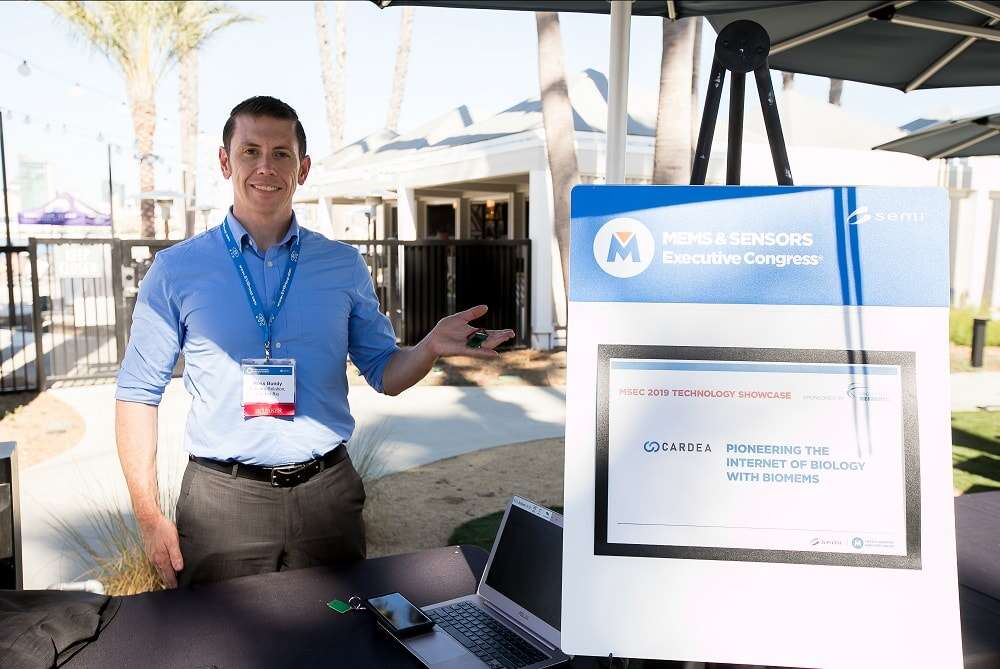
You want to know what planet Mars is made of, you google it. You want to know what’s under the hood of the Ferrari SF90, you google it. So why couldn’t we google our genome and have specific information on own genetics? That’s the bet California-based Cardea Bio is making, and many companies are already in.
“What we do is merging the biology and the digital world into one single ecosystem that we call the Internet of biology,” said Ross Bundy, Cardea’s co-founder and chief production officer. Cardea has developed a biosensor graphene field-effect biosensor that is able to integrate bio-molecules into electronic circuitry, allowing for a readout of biochemical functions. This opens new opportunities in applied biology such as food quality control, agriculture, drug testing, and veterinary medicine, Bundy said. One example is the recently-announced Genome Sensor, a DNA search engine that runs on CRISPR-Chip technology to edit genomes and allow users to easily “google their genomes.”
“It is easy for anybody to use,” claimed Bundy. “You put a sample on a chip, you plug it into your computer, and you get the result. You can see without doing any modification if the sequence exists in the genome.” The CRISPR-Chip is one application, “but there are many more as we are bringing all biology to the system.”
Asked if it could support gas, Bundy said the company could “do modifications to do that, but most of our efforts have been around any liquid sample. We haven’t found a biology it does not work with yet.”
In over 5 years since its creation, Cardea said it has engaged strong efforts to make sure graphene, known for its conductive and biocompatible properties, could fit into MEMS foundries. “We worked with Rogue Valley Microdevices and spent a lot of time trying to define the quality, the type of processes and even the packaging.”
Originally known as Nanomedical Diagnostics, Cardea has just finalized the merger-acquisition of Nanosens Innovations, the creators of CRISPR-Chip. This enables Cardea to build an advanced DNA version of its “biology-based transistors” which would otherwise normally work with proteins. Bundy said Cardea is “making money”, but “we are doing a lot of R&D, so we are not profitable yet.” Today, ten thousand chips are in production, and “more than 75 companies are asking” to integrate Cardea’s technology in their products.
Located in San Diego, Cardea employs 25 people.
Seeing the World Through High Resolution 3D Cameras
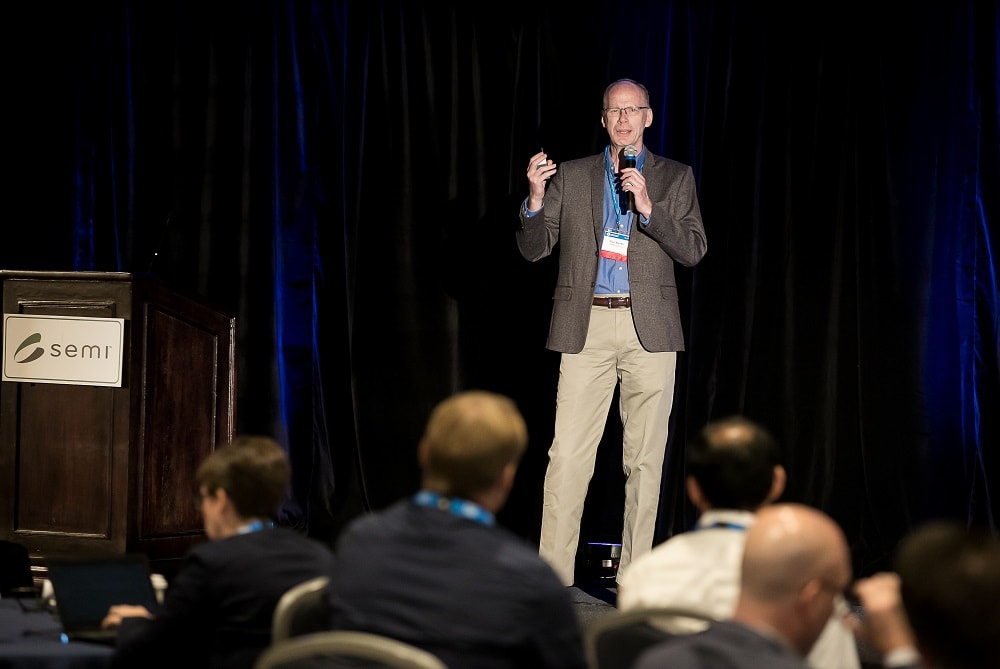
Security is a critical concern for autonomous driving. Whether it’s a rock, a cat, a bicyclist or a small child, vehicles need to be able to detect when an object may compromise passenger safety or endanger road users. We live in a 3D world, and TetraVue’s optical time-of-flight (oTOF) technology enables the capture of high-resolution 3D pictures with 2D CMOS image sensors to add depth at every pixel, said Paul Banks, CEO of TetraVue.
TetraVue has a different approach to Lidars. Instead of using lasers as beams or arrays, it uses them to illuminate all fields of vision (up to thirty frames per second to capture full motion). The company then obtains a solid-state flash lidar solution capable of getting the range and intensity on every single pixel within the field of vision. This compares to traditional methods that only obtain a few, or at the most several, points on an object. “The big advantage is the depth in 3D, because it enables you to interact with the pictures as though they were real,” said Banks.
TetraVue claims its solid-state high definition cameras are able to obtain 60 million points per second and to capture motion and depth at distances of up to 200 meters indoors or outdoors. The Lidar captures high definition videos with less power than a night light.
Founded in 2008, the California-based TetraVue is backed by tech leaders KLA Tencor, Lam Research, Robert Bosch Venture Capital GmbH, Samsung Catalyst Fund and Nautilus Ventures.
And The Winner is Analyzing at the Edge
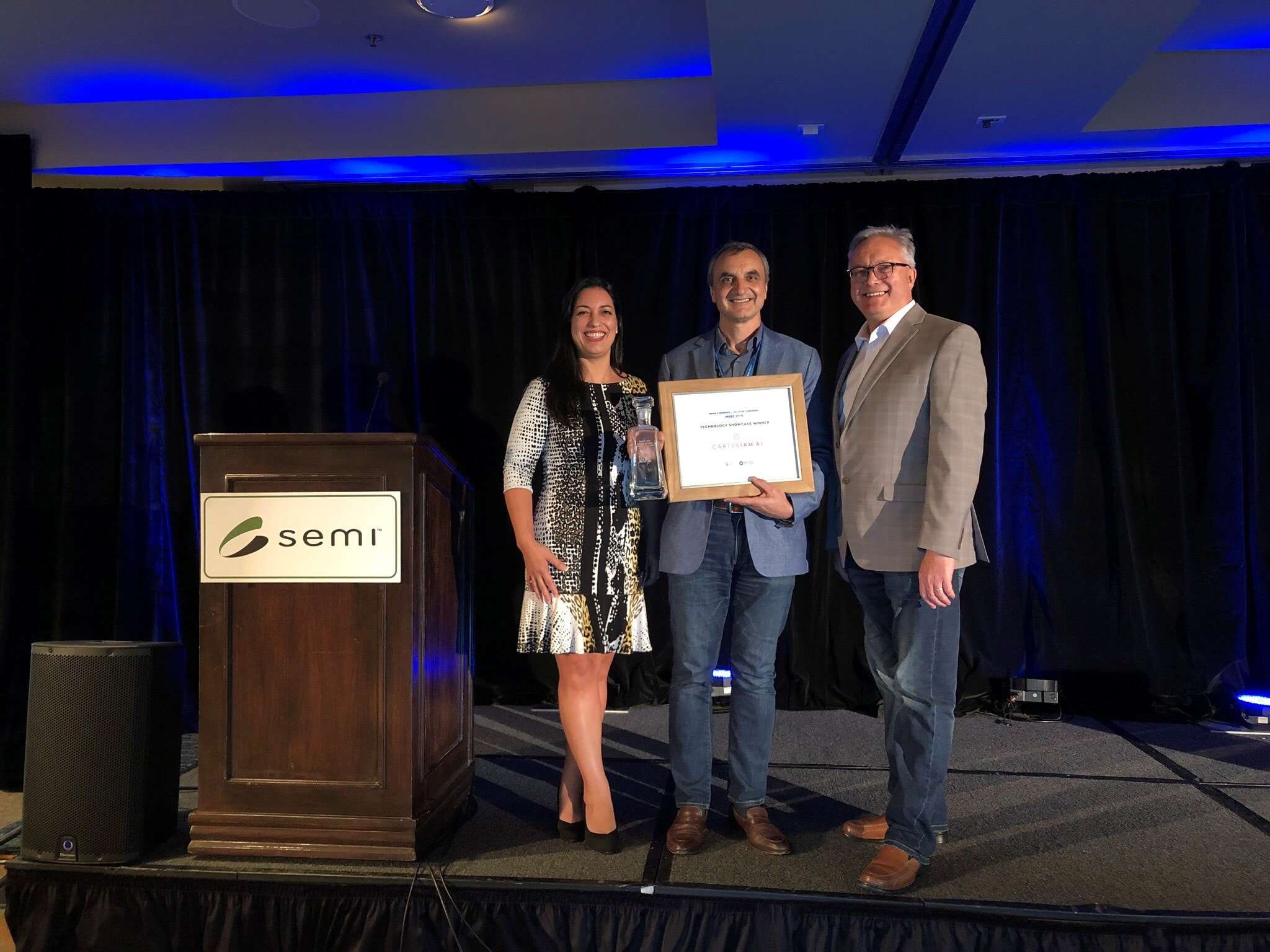
Isn’t it more Cartesian to pre-process the data at the edge, nearest to the source, instead of transmitting it all to the cloud for analysis? Without the round trip to the cloud, data latency is reduced, and performance is improved.
The winner of this year’s MSEC Technology Showcase is Cartesiam, a French software company specialized in artificial intelligence embedded into microcontrollers. “We enable our clients to add machine learning capabilities, which means basically to build a model, to train a model and eventually understand the patterns, at the edge.” Over time, it is even able to detect a discrepancy and a wearing-off phenomenon.
Cartesiam’s differentiation lies in the ability to implement its NanoEdge software solution on any device built on a Cortex-M MCU architecture. The implementation is done in a matter of weeks and does not require data scientists, said André Dupaquier, managing director and co-founder of Cartesiam. “A library is embedded into the code, with all the functions. “And for the code of the library, we need hundred kilobytes flash and between 8 to 32 kilobytes of RAM.”
However, success can be a long and winding road, filled with many obstacles. “The first product we made was to prove that the technology could run, because everywhere we went, people would tell us that it was impossible, that it couldn’t work,” recalled Dupaquier. “We had to buy devices and make it ourselves to prove that the technology could run and that neural networks could be done on a Cortex-M MCU at the edge.”
Initially, NanoEdge was running on Intel Curie, but now “we run on any kind of Cortex-M MCU, we have use cases on Cortex-M0 and Cortex-M4, and a client is running on Cortex-M33,” said Dupaquier. “We run on MPUs as well.”
Cartesiam is now entering a second phase and plans ”to give” the software to its client to generate as many libraries as they want. “We have an alpha going on and have a number of clients coming for beta.”
Born in Toulon, France, Cartesiam was recently identified in Gartner’s 2019 Hype Cycle for Artificial Intelligence as one of the three Edge AI companies. The two others are STMicroelectronics and Renesas Electronics. The three-year old startup employs 20 people, and has an interesting approach to work. “On Friday, we tell them not to work on their assignments, but to find something really cool they can apply technology to. Almost every project they have worked on has transformed into an opportunity.” That’s how they came with a toaster that never burns toast. Cool, isn’t it?
Subscribe to Newsletter
Test Qr code text s ss


